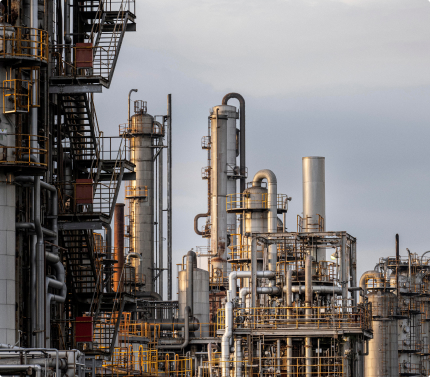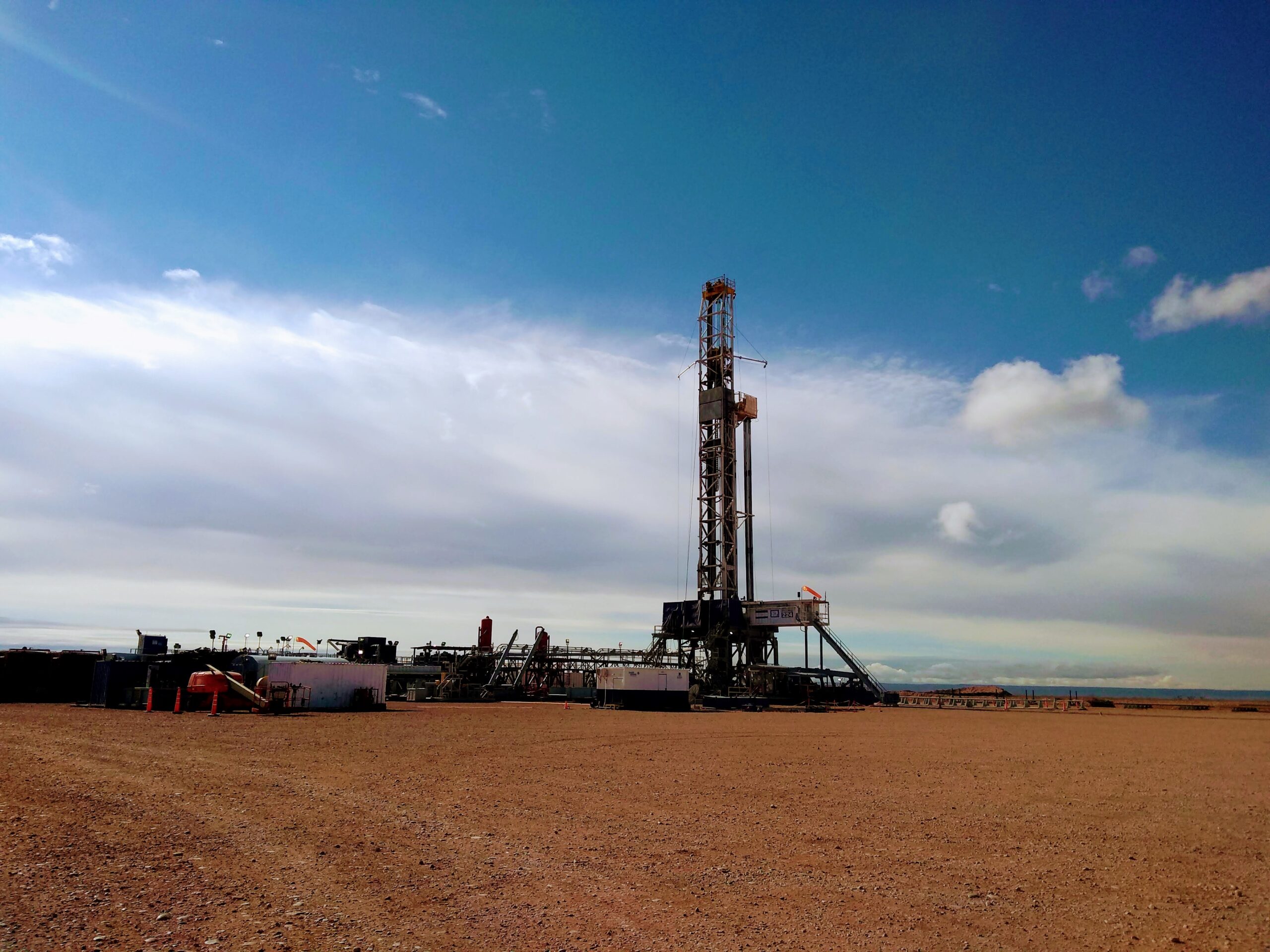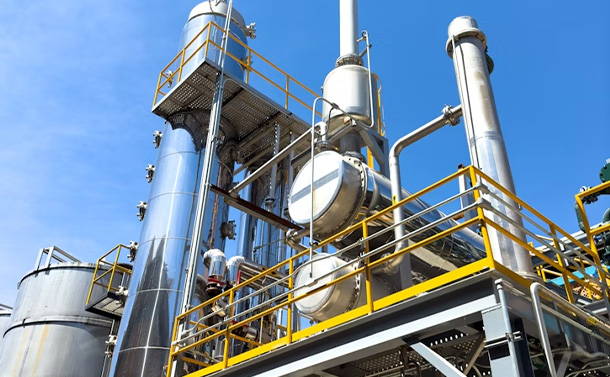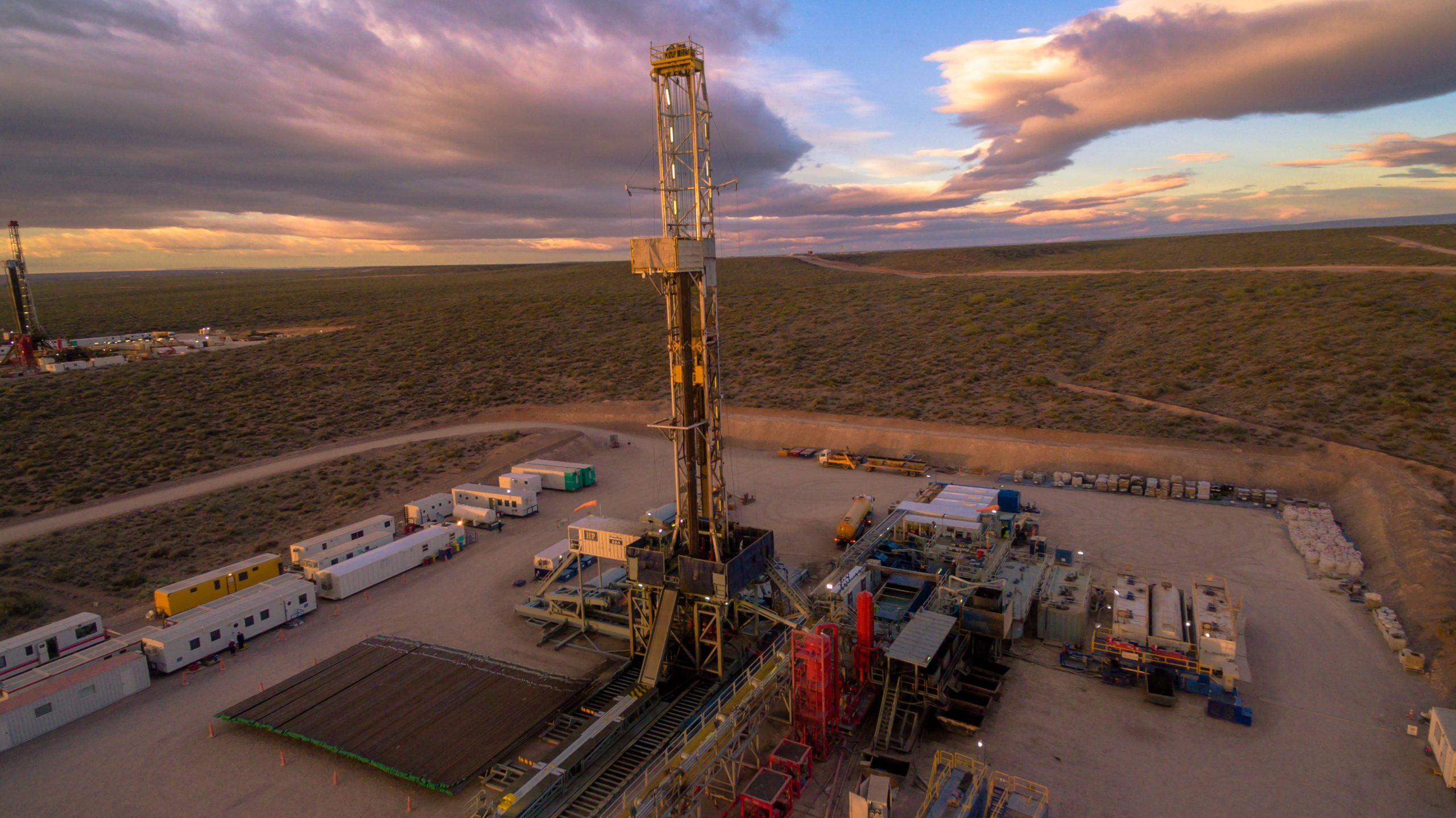General Objective: The process of interpreting pressure transient data acquired during a well testing job is presented for 12 examples which are quite representative of field cases. Main idea is to share interpretation knowledge by looking at pressure transient data analysis done to different type of tests, well completions, and reservoirs. Data Interpretation has been carried out applying a commercial software, Saphir under a license acquired from Kappa Engineering. Total presentation is delivered in 12 videos, one for each example. It follows test type and analysis highlights as well as video’s duration. (minutes)
- Introduction and Example 1. Multirate test done in a well completed in an oil reservoir. Results from deconvolution approach in agreement with one event analysis. Fault identification is consistent with seismic model.
- Example 2. Multirate type of test done in a high permeability gas reservoir. A discussion on skin dependent on either time or rate or both is presented.
- Example 3. Modified isochronal test done in a slanted, 500 well completed in a gas condensate reservoir. Mechanical, slanted and turbulence skin components are derived.
- Example 4. Multirate type of test done in an oil reservoir. Derived model using buildup analysis, is not in agreement with deconvolved pressure analysis.
- Example 5. Buildup test done in a well completed in a high pressure and low permeability oil reservoir. Not a unique simulation model. Skin dependance on time.
- Example 6. Multirate test. Water and oil are the producing fluids. Both a homogeneous reservoir model with a leakage fault and a radial composite reservoir match he pressure data.
- Example 7. Minifrac test, also called DFIT, Instantaneous shut-in pressure (ISIP), closure fracture pressure and time, reservoir initial pressure and far field permeability are derived from the analysis.
- Example 8. Interference, effect on buildup and falloff tests conducted in a well completed in a homogenous oil reservoir. Pressures acquired during primary and secondary recovery stages.
- Example 9. Interference, effect on buildup and falloff tests conducted in a well completed in a fractured oil reservoir (two porosity) Pressures acquired during primary and secondary recovery stages.
- Example 10. Multirate type of test done in an oil reservoir. Derived model using buildup analysis, is not in agreement with deconvolved pressure analysis.
- Example 11. Multirate test in a limited entry oil well. Spherical and radial flow are identified as well as discontinuities. Deconvolution method prove to be valuable in defining limit nature.
- Example 12. Production. Rate transient analysis (RTA) as well as decline curve analysis (DCA) applied to a multifractured horizonal well completed in an unconventional gas reservoir. Expected EUR according to available model
Audience: The course are aimed at production and reservoir engineers with or without experience in the training topics.
Dedication: 5.30 hours.












